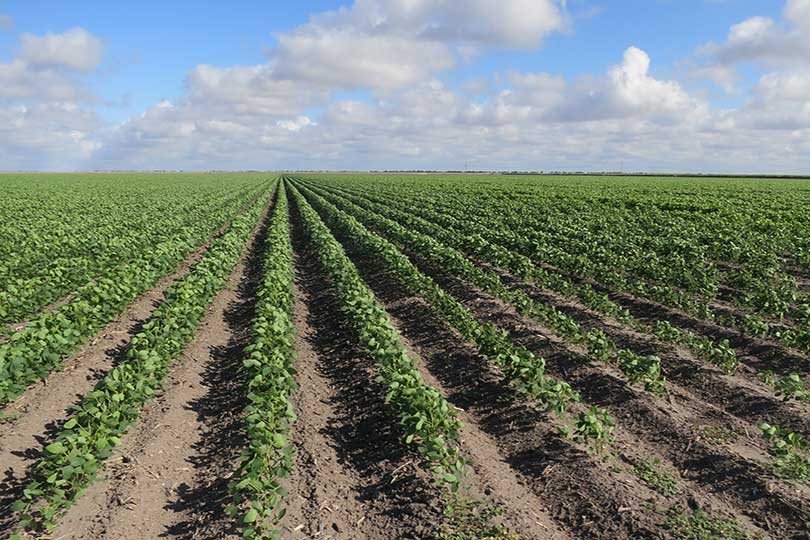By Jessica Domel
Multimedia Editor
There’s good and bad news for American farmers and ranchers in this month’s World Agricultural Supply and Demand Estimates (WASDE) report.
Total red meat and poultry production is up slightly month-to-month.
Beef production is up on increased fed cattle slaughter and heavier carcass weights. Pork production is up based on slaughter data. Broiler and turkey production is slightly lower.
For 2017, red meat and poultry production is raised due to higher forecast pork production.
Egg production is up slightly, and milk production for 2016 is raised on slightly larger milk cow numbers.
Wheat supplies continue to grow at home and abroad. U.S. 2016-17 all wheat ending stocks are up this month. The carryout is expected to reach the highest level since the late 1980s.
Feed and residual use, as well as seed use, is down 35 million bushels. Seed use is lowered eight million bushels.
Projected ending stocks for 2016-17 are raised 43 million bushels. The season-average price, according to the report, would still be the lowest since 2005 if realized, 10 cents higher at the midpoint to $3.80.
Global wheat supplies are up 1.3 million tons due to increased production in areas like Argentina, Russia and the European Union. Those increases are only partially offset by lower beginning stocks.
Global use for 2016-17 does little to help the increases in supply. The report raises use by 0.1 million tons. Global total supplies are increasing faster than use, which has pushed ending stocks up 1.2 million tons to a new record at 253.3 million tons.
Lower production, reduced feed, residual use, increased corn use for ethanol and small stocks describe the 2016-17 U.S. corn outlook this month.
Corn production is forecast down 78 million bushels from last month on lower harvested area and a reduction in yield to 174.6 bushels per acre. The new estimate is 15.148 billion bushels.
Feed and residual use is down for corn based on the smaller crop, use of sorghum for feed and increased use of corn in ethanol production. Corn used to produce ethanol is up 25 million bushels to 5,325 million based on recent data.
The corn supply is falling faster than use, according to the report. Corn ending stocks are down 48 million bushels from last month. The projected range for the season-average corn price is five cents on both ends to $3.10 to $3.70 per bushel.
The U.S. 2016-17 cotton outlook is up 435,000 bales to nearly 17 million due to higher production in Texas. The average price received by farmers is one cent less at 65 to 69 cents a pound.
Production is also up in China, where data indicates higher production than previously expected in the Xinjiang region.
The one million bale production increase in China and the production increase in the U.S. led to a 1.5 million bale increase in projected global 2016-17 ending stocks. World ending stocks are now projected at 90.6 million bales. Higher exports are projected for the U.S. and India.
Sorghum production is estimated 18 million bushels higher in harvest and yield this month.
Prices are projected to average $2.65-$3.15 a bushel. That’s down 15 cents at the midpoint due to the weakening relationship to corn prices in interior markets, according to the report.
Lower area and yield have led to a reduction in the 2016-17 U.S. all rice crop. The estimate has dropped 10.6 million cwt. to 224.1 million.
All-average rice yield is down 256 pounds per acre to 7,237 pounds. Texas, Arkansas and California account for the bulk of the production decline. The forecast all rice season-average is unchanged at $9.90 to $10.90 per cwt. Global rice supplies are lowered 1.5 million tons due to a 0.7 million ton drop in Sri Lankan production.
U.S. oilseed production for 2016-17 is estimated at 127.3 million tons. That’s down 1.5 million from last month.
According to the report, lower soybean and peanut production is partly offset with higher canola, sunflower and cottonseed crops.
Soybean production is estimated at a record 82.7 million bushels

